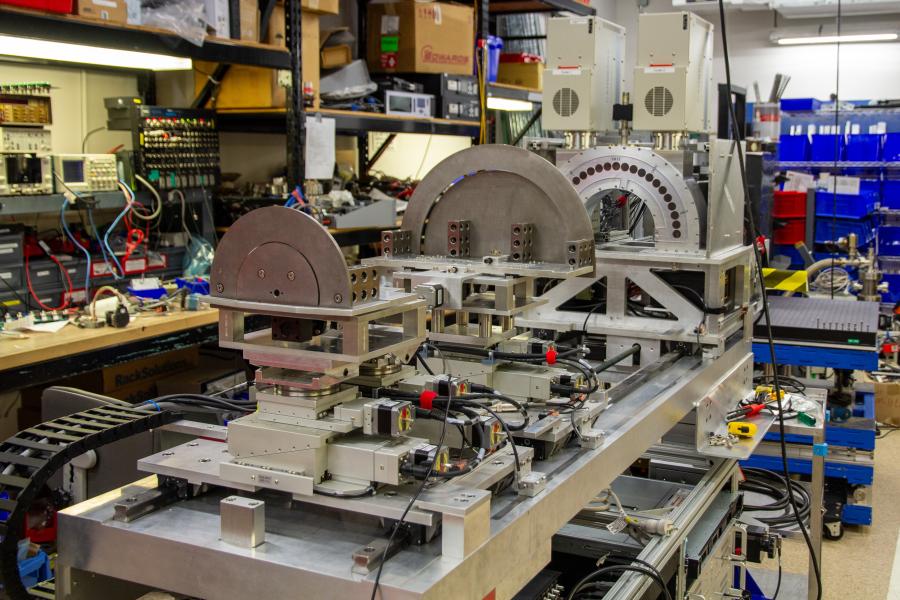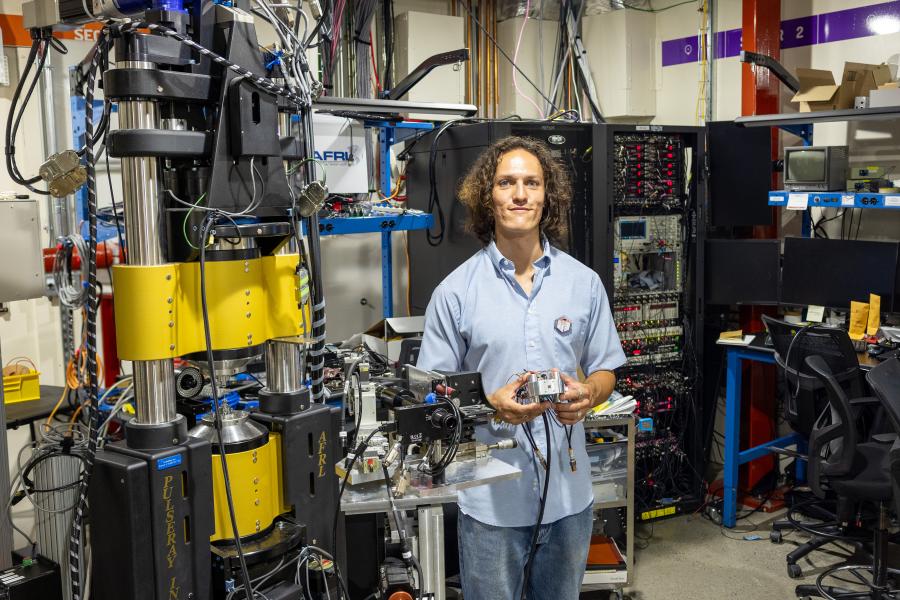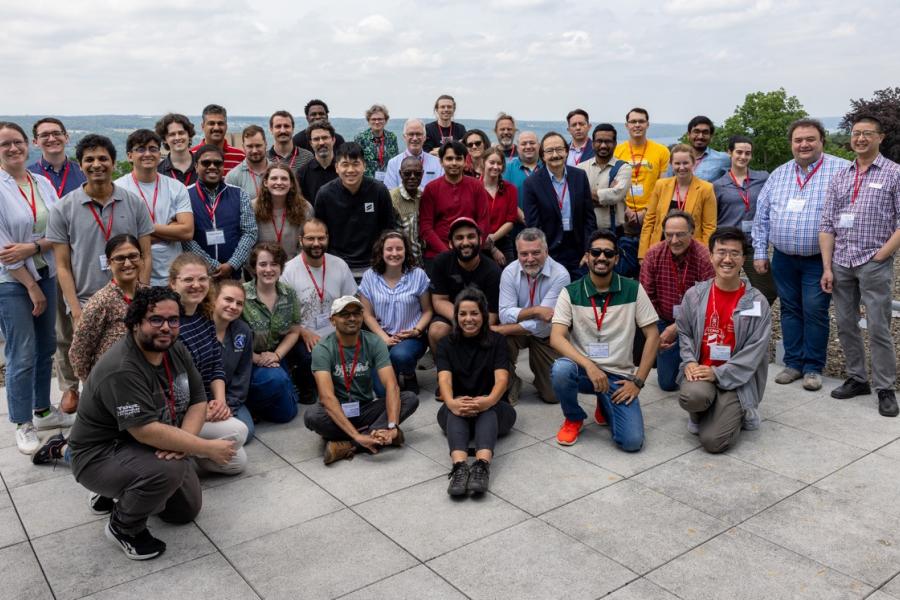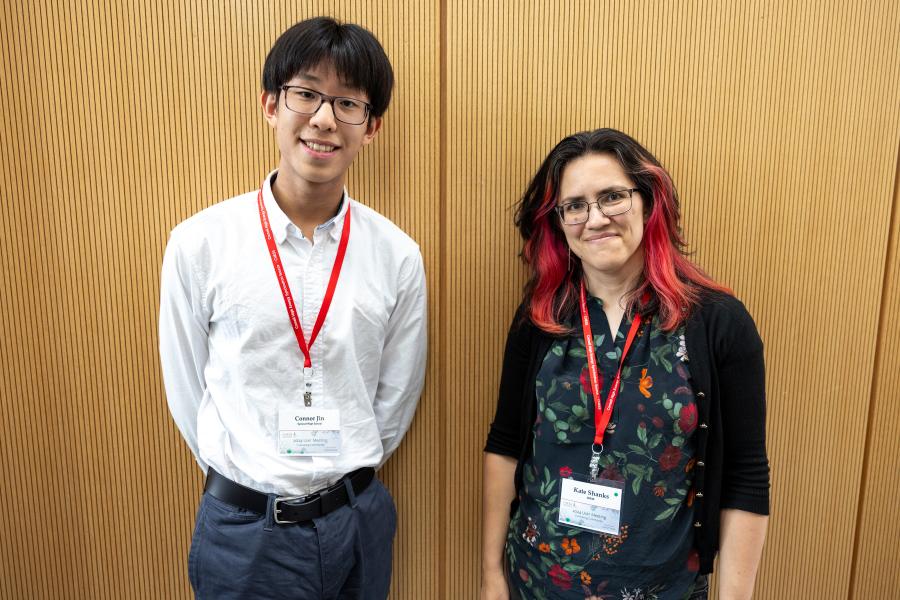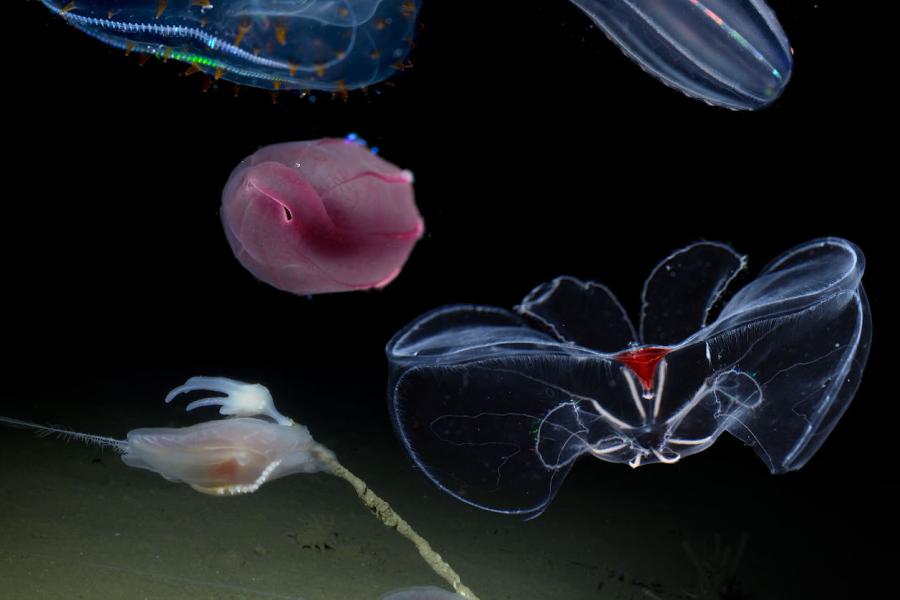Sidebar Menu (View Pages)
- Status
- ⌃ Science
- ⌃ Users
- ⌃ Facilities
- ⌃ Public
- Industry
- ⌃ About
Tags
Featured
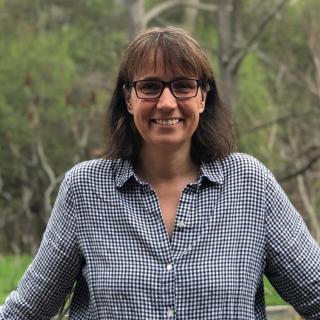
CHESS Welcomes Elke Arenholz as New Associate Director
Elke Arenholz has been named the new associate director of the Cornell High Energy Synchrotoron Source. In her role, Elke will work closely with the CHESS Director to provide strategic guidance, to interface with multiple partner organizations, and to provide oversight and management of CHESS.
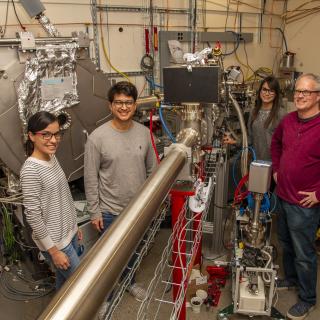
PREM students outfitting and upgrading CHESS x-ray beamlines
CHESS is fortunate to have three graduate students visiting from Puerto Rico. Supported by the NSF-PREM CiE2M – the Center for Interfacial Electrochemistry of Energy Materials – a partnership of The University of Puerto Rico, Rio PiedrasCampus (UPRRP), Universidad Metropolitana (UMET) and Universidad del Turabo (UT), and CHESS.
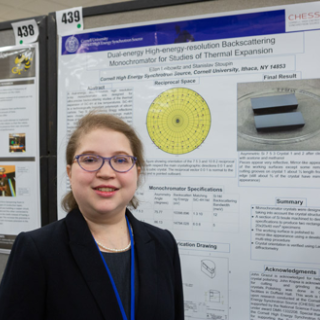
From Summer Student to Emerging Researcher
CHESS’ continued support of undergraduate students’ efforts to enhance their science communication skills and prepare them for science careers in the global workforce is making a difference.
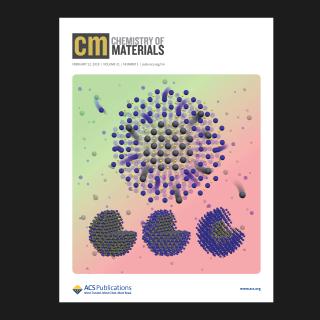
Accelerated Diffusion in Nanocrystals
A major cause for the failure of widely used technologies, especially electronics, is the slow movement of atoms away from their designed positions. In nanotechnology, the drift of matter over only a few nanometers can jeopardize the performance of a device. Although thermodynamics explains why such drift occurs, only direct measurements of the speed of diffusive processes can determine how the atoms move on short length scales.
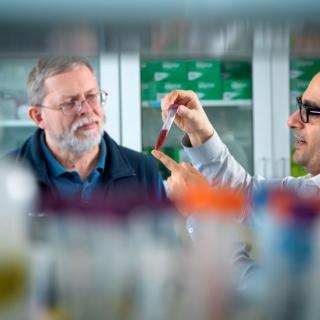
We’ve got the beets: Food consumers may see red, naturally
Cornell food scientists hunting for a stable, natural red food coloring to replace artificial dyes have unlocked a secret: Use beet extract and pair it with a starchy partner, according to research published Feb. 8 in the journal Food Hydrocolloids.
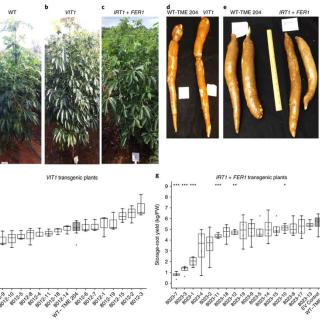
Cassava High in Iron and Zinc Could Improve Diets and Health in West Africa
In Nigeria, 75 percent of preschool children and 67 percent of pregnant women are anemic, and 20 percent of children below five years suffer from zinc deficiency. Iron deficiency anemia affects the immune system, stunts growth and impairs cognitive development in children, while deficiency in zinc causes increased risk of death from diarrhea, stunting and reduced cognitive development. Developing new varieties of a staple food crop with elevated levels of these two minerals could significantly improve diets and health.
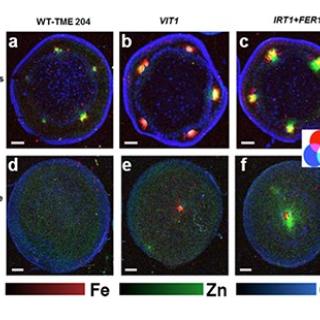
Biofortification of field-grown cassava by engineering expression of an iron transporter and ferritin
Micronutrient deficiency, sometimes called the “hidden hunger,” causes severe health problems in hundreds of millions of people worldwide, and is particularly damaging to children, in whom it can impair both physical and cognitive development. Biofortification is one of the most promising tools available for alleviating this problem, but is a multifaceted challenge involving not only creating nutrient-rich crop varieties, but also ensuring bioavailability of these nutrients, protecting against increased uptake of toxins such as cadmium, and adoption by affected populations.
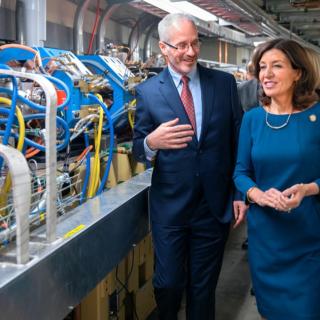
Lt. Governor Returns to Proclaim CHESS Upgrade Complete
Fourteen months ago, Lt. Gov. Kathy Hochul came to the Cornell High Energy Synchrotron Source (CHESS) to announce a $15 million grant from the New York State Upstate Revitalization Initiative.

